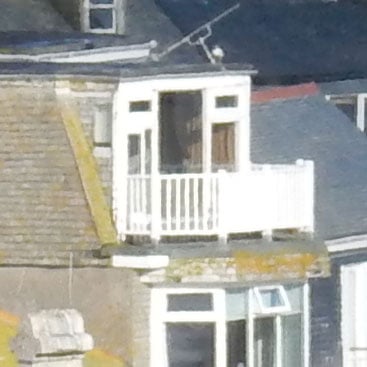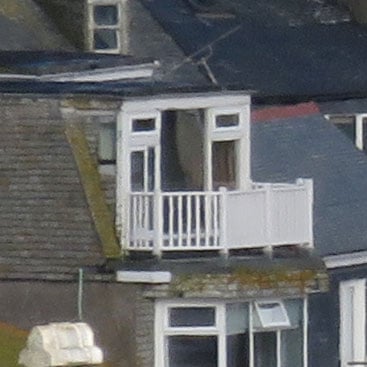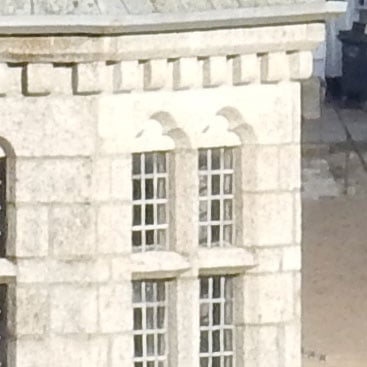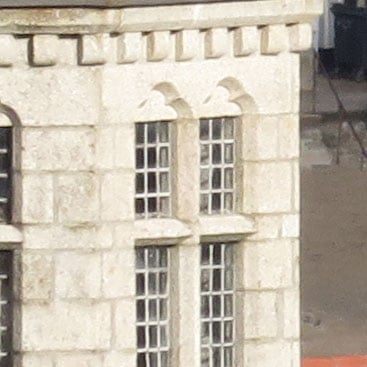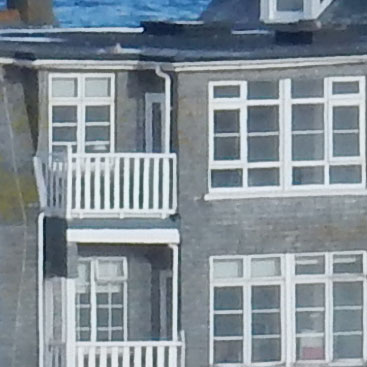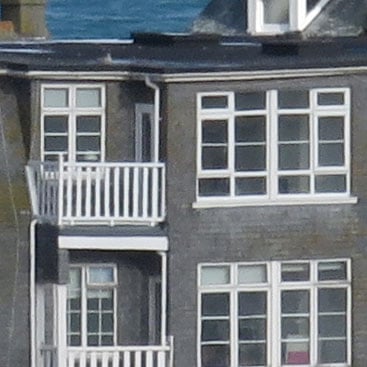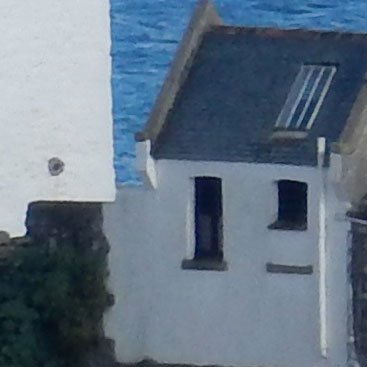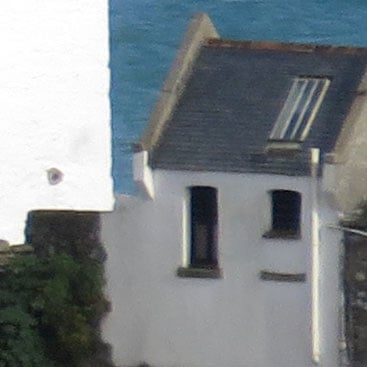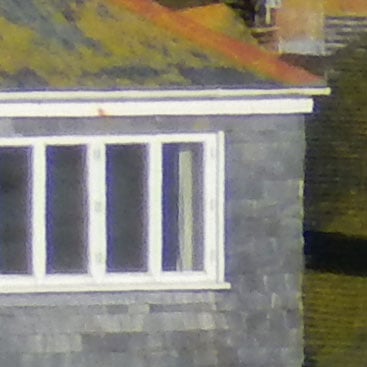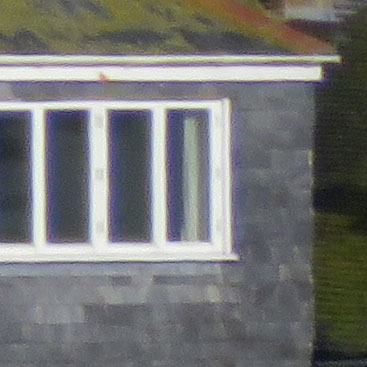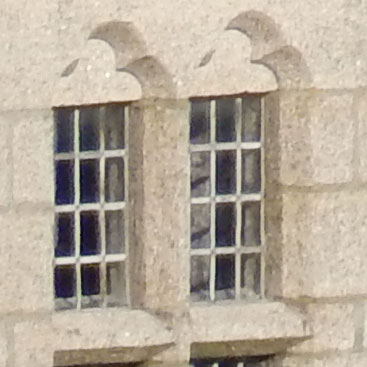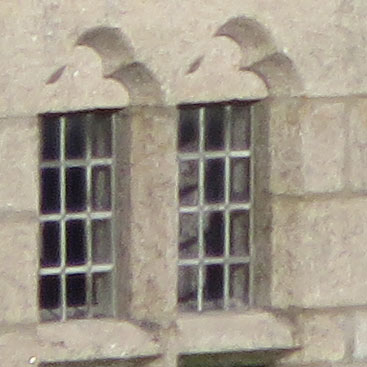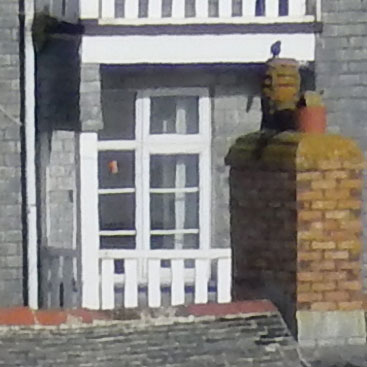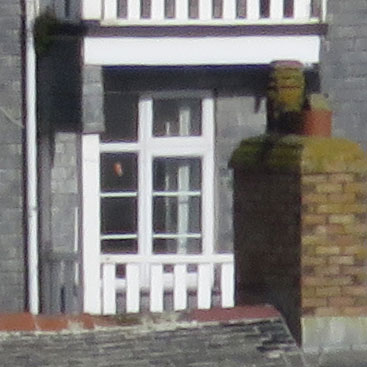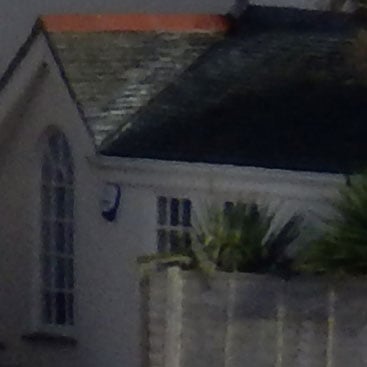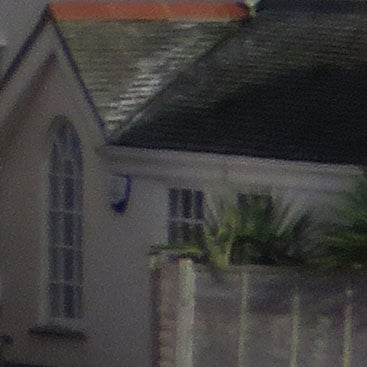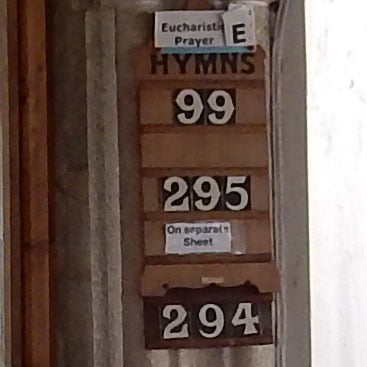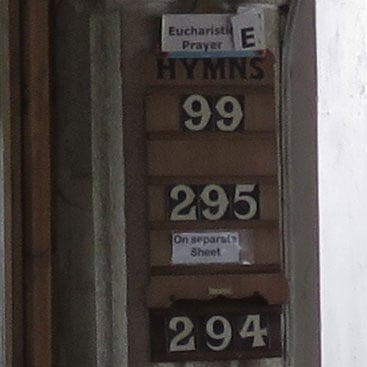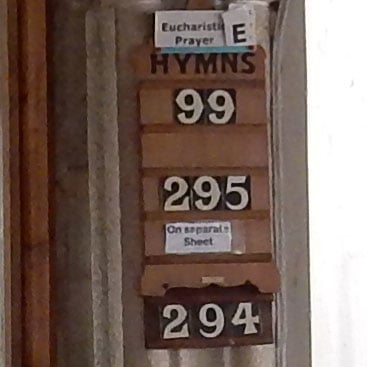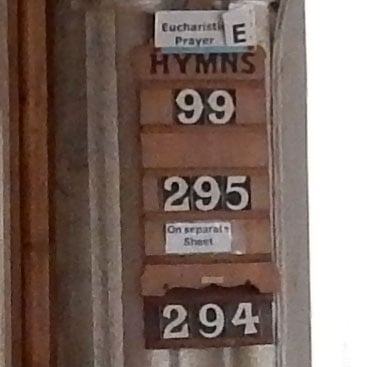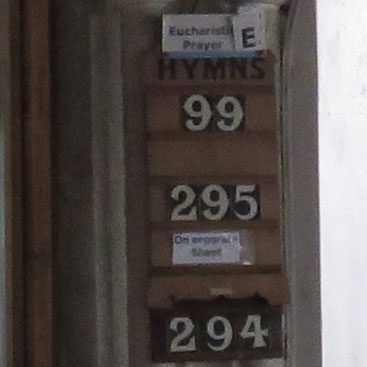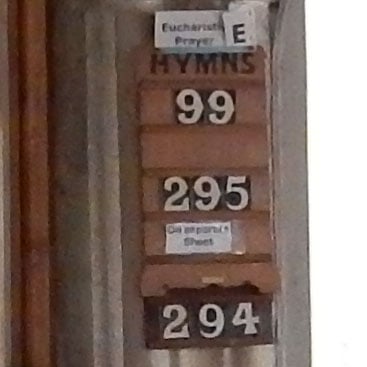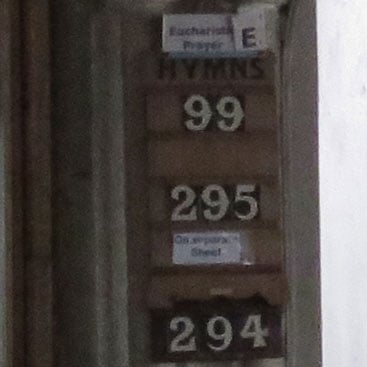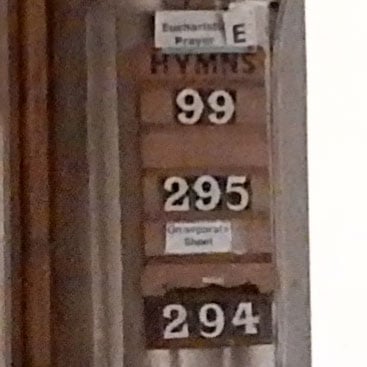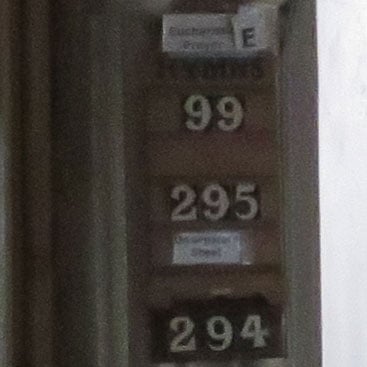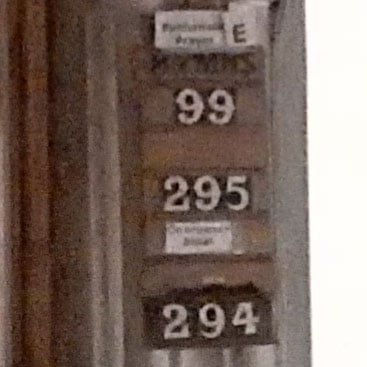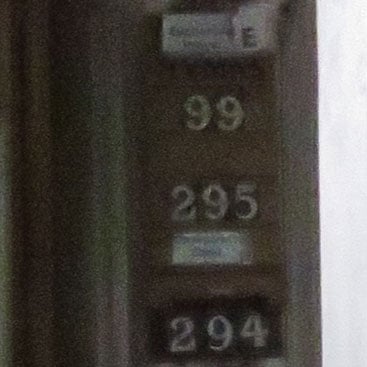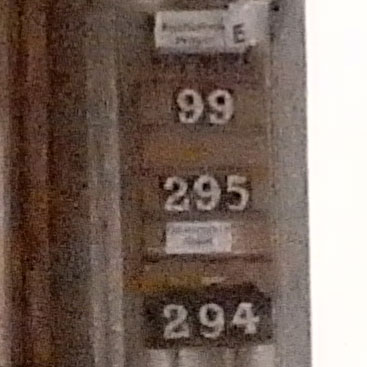Nikon COOLPIX S9700 review
-
-
Written by Ken McMahon
Quality
Nikon COOLPIX S9700 vs Canon PowerShot SX700 HS
To compare real-life performance I shot this scene with the the Nikon COOLPIX S9700 and the Canon PowerShot SX700 HS within a few moments of each other using their best quality JPEG settings.
Both cameras were set to the same 25mm equivalent wide angle setting. The cameras were set to Aperture priority, mounted on a tripod and image stabilisation was disabled. The ISO sensitivity was manually set to the lowest available setting and all other settings were left on the defaults.
The image above was taken with the COOLPIX S9700. The camera was set to Aperture priority mode with the sensitivity set to 125 ISO and the aperture to f4, which produced the best quality results, the COOLPIX S9700 metered an exposure of 1/1000. At its base 100 ISO sensitivity setting the Canon PowerShot SX700 HS metered 1/800 at f4. As usual the crops are taken from the areas marked in red above.
The COOLPIX S9700 doesn’t get off to a great start with a crop from close to the edge of the frame that’s far from sharp. but things improve considerably moving closer to the centre. The second crops shows much cleaner edges and more detail. You can’t make out the time on the church clock, but there’s plenty of detail in the church tower and the surrounding scenery. In the third crop the lighthouse isn’t as crisply defined as it might be, the crop from the PowerShot SX700 HS alongside shows a more distinct white column with cleaner edges.
The final crop from close to the right edge of the frame looks very similar to the first one with poor edge definition and blurring of the finer detail. It’s not just the lighthouse crop where the Canon PowerShot SX700 HS gets the better of the COOLPIX S9700. The SX700 HS performs better across the board with sharper crops that show more detail than those from the COOLPIX S9700. The difference is less apparent in the centre where the COOLPIX S9700’s lens does a better job. The usual caveat applies – you’re only likely to notice these differences at or close to 100 percent viewing sizes, but the fact remains, the PowerShot SX700 HS outshines the COOLPIX S9700 image quality – at this wide angle focal length at least.
Nikon COOLPIX S9700 | Canon PowerShot SX700 HS | |
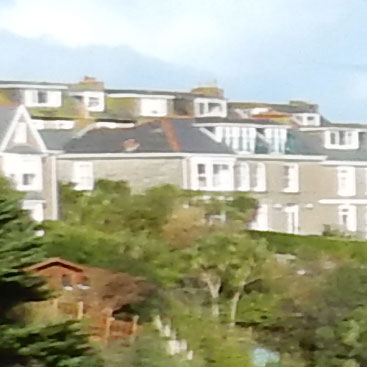 | 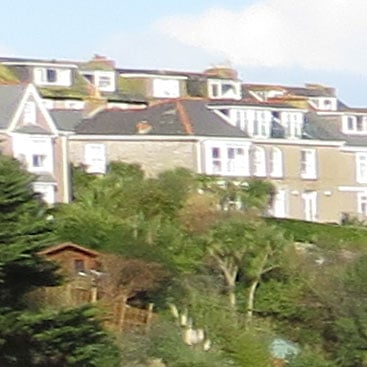 | |
f4 125 ISO | f4, 100 ISO | |
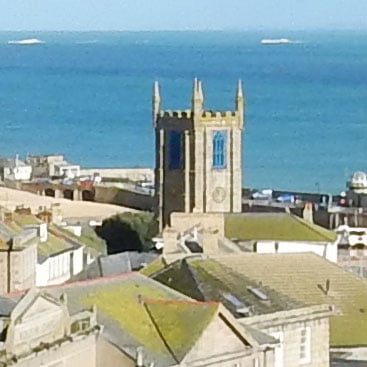 | 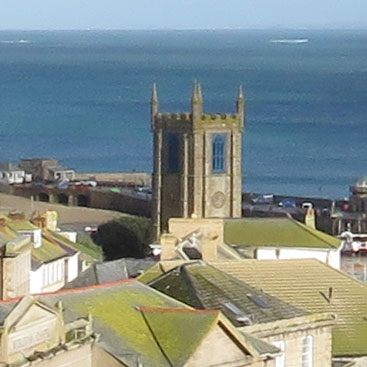 | |
f4 125 ISO | f4, 100 ISO | |
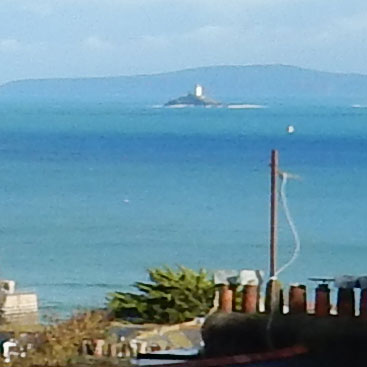 | 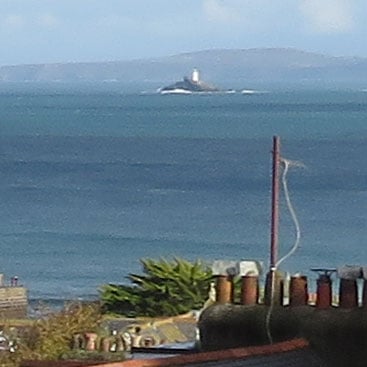 | |
f4 125 ISO | f4, 100 ISO | |
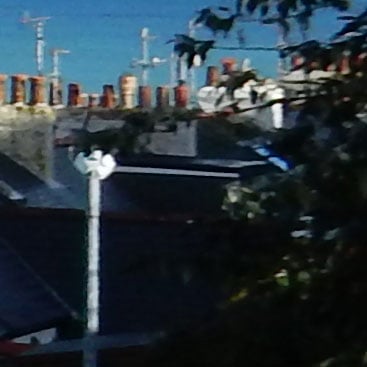 | 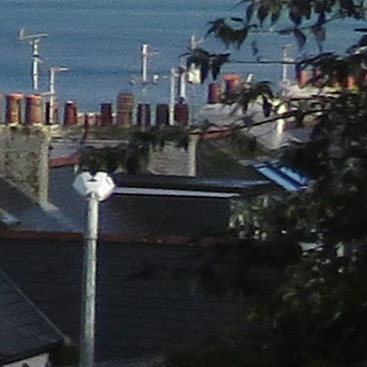 | |
f4 125 ISO | f4, 100 ISO |
Nikon COOLPIX S9700 vs Canon PowerShot SX700 HS JPEG Quality at approx 375mm 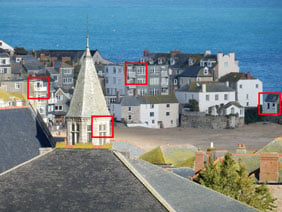 For this next test I zoomed both cameras in to an equivalent focal length of around 375mm – about mid-way through the zoom range. As before they’re both in Aperture priority mode, this time with the aperture set to the widest available setting. The crops are indicated by the red areas opposite. The COOLPIX S9700 has over-exposed slightly and the detail in the balcony railings on the first crop is blown out. Despite that you can see that the edges are a little wobbly and the detail has a slightly clumpy texture. As before, when you get closer to the middle of the frame things improve. Here the edges are cleaner and, despite the slight over-exposure there’s some detail in the stonework. The third crop, pretty much from the centre of the frame provides the best result. The detail in the brickwork looks a little soft, but the window frames are crisp. And right on the other edge of the frame it’s back to wobbly edges and clumpy detail. Once again, the crops from the Canon PowerShot SX700 HS are crisper and more detailed and the difference is more noticeable at the frame edges. I think it would be fair to say that there’s probably not too much difference in the quality of the 16 Megapixel CMOS sensors employed in both of these models, or if there is, it’s very slight. But the PowerShot SX700 HS lens produces sharper images with more detail right across the frame. Next scroll down for my results at the longest focal length.
Nikon COOLPIX S9700 vs Canon PowerShot SX700 HS JPEG Quality at 750mm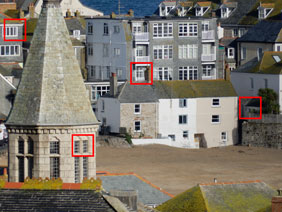 For this final test I zoomed both cameras to their maximum 750mm equivalent focal length. As previously I selected the widest available aperture in Aperture priority mode – f6.4 on the COOLPIX S9700 and f6.9 on the PowerShot SX700 HS. At its maximum telephoto focal length the COOLPIX S9700 suffers from the same softness at the edges of the frame that affect it at the shorter focal lengths. There’s also a new issue here, slight purple fringing caused by chromatic aberration. As before though, the quality in the middle is much better and the second and third crops show a good level of detail with clean, sharp edges. At this 750mm equivalent focal length, the COOLPIX S9700 actually outperforms the PowerShot SX700 HS. The first crop from the Canon compact is softer and suffers from worse colour fringing. The final crops from the two models look very similar, but in the middle of the frame the COOLPIX S9700 just gains the upper hand with more detailed, sharper crops.
|
Nikon COOLPIX S9700 vs Canon PowerShot SX700 HS noise
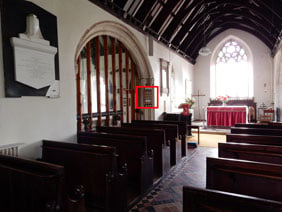
To compare noise levels under real-life conditions , I shot this scene with the Nikon COOLPIX S9700 and the Canon PowerShot SX700 HS within a few moments of each other using their best quality JPEG settings at each of their ISO sensitivity settings.
Both cameras were set to Aperture priority mode and f4 was selected as I’d previously determined this produced the best results.
The above shot was taken with the Nikon COOLPIX S9700 in Aperture priority mode. For these tests both cameras were placed on a tripod and stabilisation was disabled. The cameras were otherwise left on their default settings. With the sensitivity set to its base 125 ISO the S9700 selected an exposure of 1.3s at f4. The Canon PowerShot SX700 HS, set to it’s base 100 ISO sensitivity also metered an exposure of 1.3s at f4.
These noise crops from the COOLPIX S9700 look quite promising. The 125 ISO crop isn’t noise-free, and there’s a slight clumpiness that we saw on the outdoor crops which looks like the work of noise processing. That said, the result isn’t unpleasant and there’s a good level of detail. The 200 ISO crop is a tiny bit softer and in the 400 ISO crop you can see the effect of the noise processing on the text, but all these lower ISO settings produce results good enough for printing at large sizes.
It’s not until you get to 800 ISO that the image detail starts to be seriously affected by the noise levels and associated processing. Even here, at smaller sizes things look pretty good. From 1600 ISO up the noise does gain the upper hand though, and at the two highest settings – 3200 and 6400 ISO there’s arguably more noise than actual image data. But these are still worthwhile settings to have as they produce perfectly acceptable looking images at much smaller sizes.
Compared with the crops from the PowerShot SX700 HS, I think the COOLPIX S9700 crops show less noise, but not more detail. If you compare the COOLPIX S9700 125 ISO crop with the 100 ISO crop from the SX700 HS, the Canon crop looks grainier, but the edges are cleaner and the text on the labels is more legible. It’s the same story at 200 ISO. Here again the Canon crop has noticeably more texture, the COOLPIX S9700 crop looks smoother, but less detailed. So it’s a case of more aggressive noise reduction on the COOLPIX S9700 getting rid of the noise textures, but also losing a little of the image detail in the process.
|
